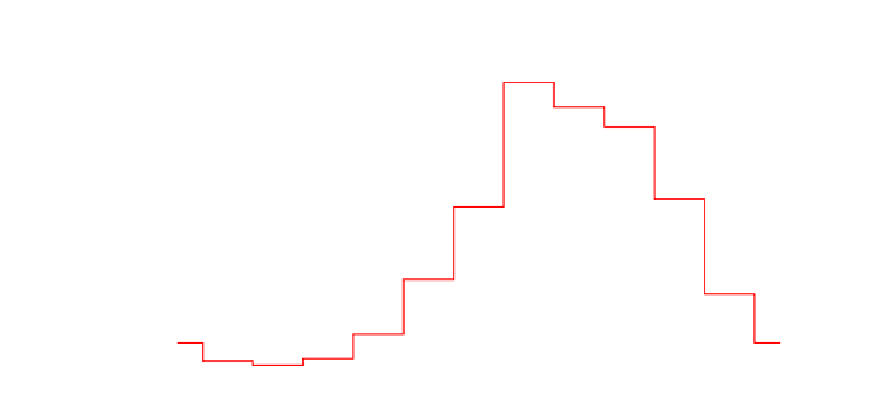Biomedical Engineering Reference
In-Depth Information
35000
Summer
30000
25000
20000
15000
10000
Winter
5000
0
0
1
2
3
4
5
6
7
8
9
10
11
12
Month in a Year
FIGURE 15.7
A typical seasonal flow rate variation for the Three Gorges Dam, China.
Solution. The electricity production is a function of the available water flow rate. If the
water flow is used at maximum when available or the penstock gate opening is constant,
Eqn (15.6)
leads to
Q
1
Q
2
3
P
1
P
2
¼
assuming the efficiency and flow rate constant are constants. Therefore, a drop of water flow
rate by a factor of 10, would result in an available power production by a factor of 1000.
If the Penstock gate opening is controlled to maintain constant water level, then
Eqn (15.3)
leads to
Q
1
Q
2
assuming the efficiency and flow rate constant are constants. Therefore, a drop of water flow
rate by a factor of 10 would only result in an available power production by a factor of 10.
This is highly desirable as compared to a constant penstock gate opening.
The major advantage of hydroelectricity is renewability: elimination of the cost of fuel.
Hydroelectric plants also tend to have longer economic lives than fuel-fired generation,
with some plants now in service, which were built 50
e
100 years ago. Operating labor cost
is also usually low, as plants are automated and have few personnel on site during normal
operation.
Where a dam serves multiple purposes, a hydroelectric plant may be added with relatively
low construction cost, providing a useful revenue stream to offset the costs of dam operation.
P
1
P
2
¼
















































Search WWH ::

Custom Search